How to avoid the speedbumps of cycling
As bike sales boom, the experts explain how to get fit on two wheels
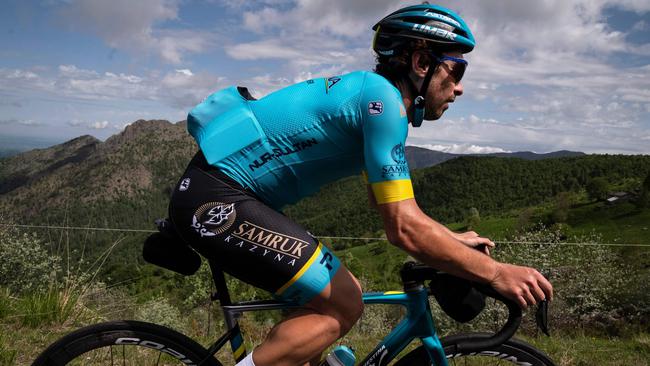
Everyone seems to have taken to two wheels in recent weeks, and British Prime Minister Boris Johnson has predicted we are entering “a new golden age for cycling”.
Bikes sales are booming, but don’t worry, says Phil Burt, a cycling health adviser who was the head of physiotherapy at British Cycling for 12 years.
“If you’ve got a bike, no matter how much it cost or what the spec is, you will benefit from riding it.”
Here’s how to get the most from your post-lockdown commute, even if it’s only 20 minutes.
Can I get fit on a folding bike?
Fold-up bikes are a dream if you use them to nip to your office at the end of a commute by train, but they also perform well on longer rides, Burt says. For one, they require you to sit upright, which means you’re less likely to strain your neck to see what’s ahead than you would on a regular road or mountain bike. “It can involve a bit more effort because of the smaller wheels. That’s not necessarily a bad thing if you are looking to get fit and speed isn’t a big issue.”
Are ebikes the lazy option?
Serious cyclists can be sniffy about ebikes, but they are great for the unfit, overweight or new cyclist, Burt says. “Electric bikes do require some pedalling, and with many you can set the battery to switch on only when you really need it. Because they are heavier than standard bikes, it can be hard work to pedal when the battery is not being used.”
When researchers at the University of Colorado Boulder issued a group of office-based couch potatoes with ebikes they found that after four weeks the participants had cycled up to 50 per cent more than their required daily tally and at a greater intensity than expected. Even with the added battery power they amassed a level of daily activity comparable with a moderate workout such as a jog.
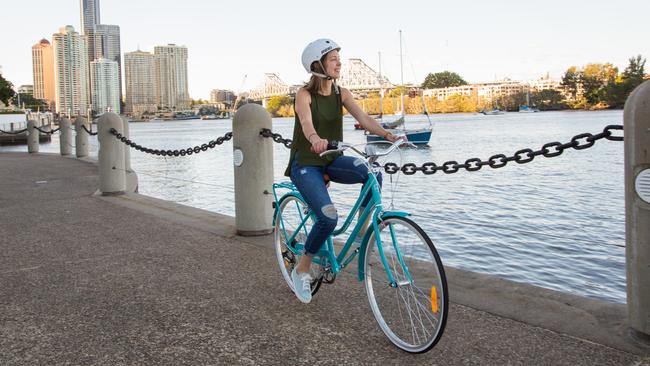
How to set your saddle
Professional cyclists’ glutes and thighs are the best advert for the activity’s toning benefits, but you won’t work the glutes if your saddle is set incorrectly. “The gluteals are the biggest and strongest muscles in the body, but if your saddle is set too low, you won’t activate them no matter how hard you try,” says Burt, who is also a co-author of Strength and Conditioning for Cyclists. Set your saddle to be level with your hip bone (or, to be very technical, at 0.883 multiplied by your inseam — the length of your crotch seam to the bottom of your leg — in centimetres). “It is higher than most people think it should be, but at that height you move farther forward, are reaching less and become more efficient.”
Change gears well before you hit a gradient
One of the most common complaints among beginners is that they struggle on even the slightest slopes. “A big mistake is to wait until you are heading upwards before changing down the gears,” Burt says. “That’s too late. You need to prepare before it starts getting hard.” Reduce to the easiest gear at the start of the hill, rather than trying to fight up it from the bottom. “And pedal evenly to conserve energy,” Burt says.
A note on facemasks
If you choose to wear a facemask to reduce exposure to harmful airborne particles, aim for a light-intensity cycle to begin with because “they can take some getting used to”, says Paul Elcock, a former time-trial cycling national champion and cycling coach for Meglio, a supplier of fitness equipment. However, it’s better if you can avoid the busiest, most polluted routes altogether. “Choose quieter side streets or dedicated cycle routes and make your cycle longer if you have to,” he says.
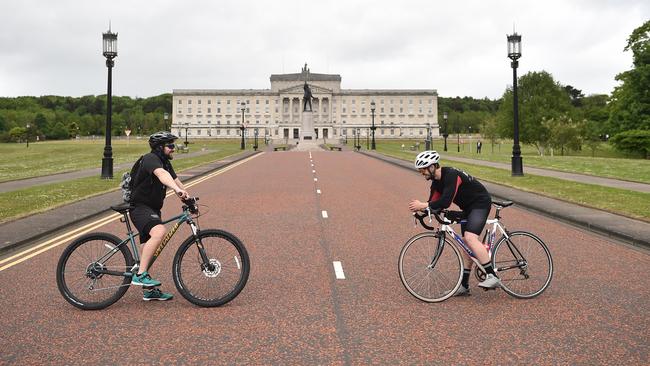
Can I turn my commute into a proper workout?
It’s important to allow yourself time to build up with slow cycling before increasing intensity, Elcock says.
“With a 20 to 30-minute commute I’d recommend an easy ride in one direction, but three times a week pick the overall intensity up a little more on the return, adding harder efforts of up to three minutes’ duration that leave you breathing hard by the end of each one.” Standing starts from traffic lights are another good workout addition. “Aim to get away at the lights as fast as you can,” Burt says. “It really works your leg muscles very hard.” If you are flagging at the end of your commute, your reaction time, awareness and even ability to control your bike will be impaired. “Only try pushing yourself hard in a safe, low-risk environment,” Elcock says.
Stand up in the saddle
Standing up is a great way to get the glutes and calf muscles working harder. Burt says: “You get much more of a total-body workout standing on a bike than you do sitting.” Elcock says: “Add hills for strength sometimes, but otherwise focus on moving the pedals quickly and evenly. Your overall aim should be to maintain a higher leg speed, which promotes more of an aerobic workout.”
Squats, deadlifts and lunges
The best way to get stronger in the saddle is to spend more time cycling, Burt says, but there are supplementary ways to improve cycling strength. “The gluteal and quadriceps muscles are by far the main muscles that cyclists use,” he says. “The lower legs don’t really come into it much as they are just transferring the power of the upper leg.” To strengthen the quads and glutes, he recommends doing squats, lunges and deadlifts. “Static bike workouts are also good for building this sort of power,” Burt says. “And outdoors you can try over-geared efforts where you set a higher gear so that you really have to push hard.”
Invest in a foam roller
There’s no real need to stretch before you start cycling; just begin at a gentle pace to warm up. However, simple stretches for the quads and hamstrings are important after a cycle, and you should also use a foam roller when you get home. “A lot of cyclists get neck pain because they are straining to look up and forward,” Burt says. “You can help to relieve it by using a foam roller on the mid-back.” Sitting in a hunched position can also cause the hip flexors to pull on the bottom three vertebrae, causing back pain. “Stretches for the back and hip flexors are important to undo the fact that you cycle in one position,” Burt says.
The Times
More Coverage
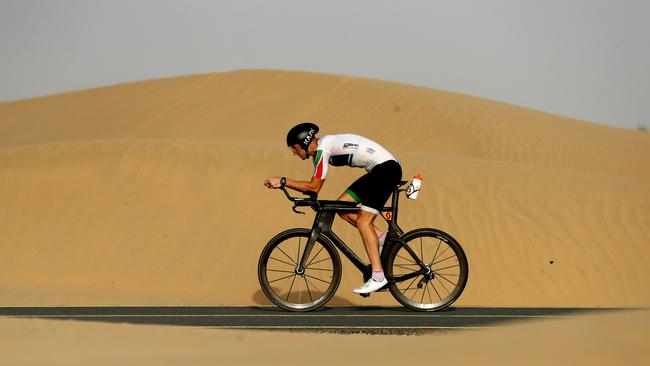




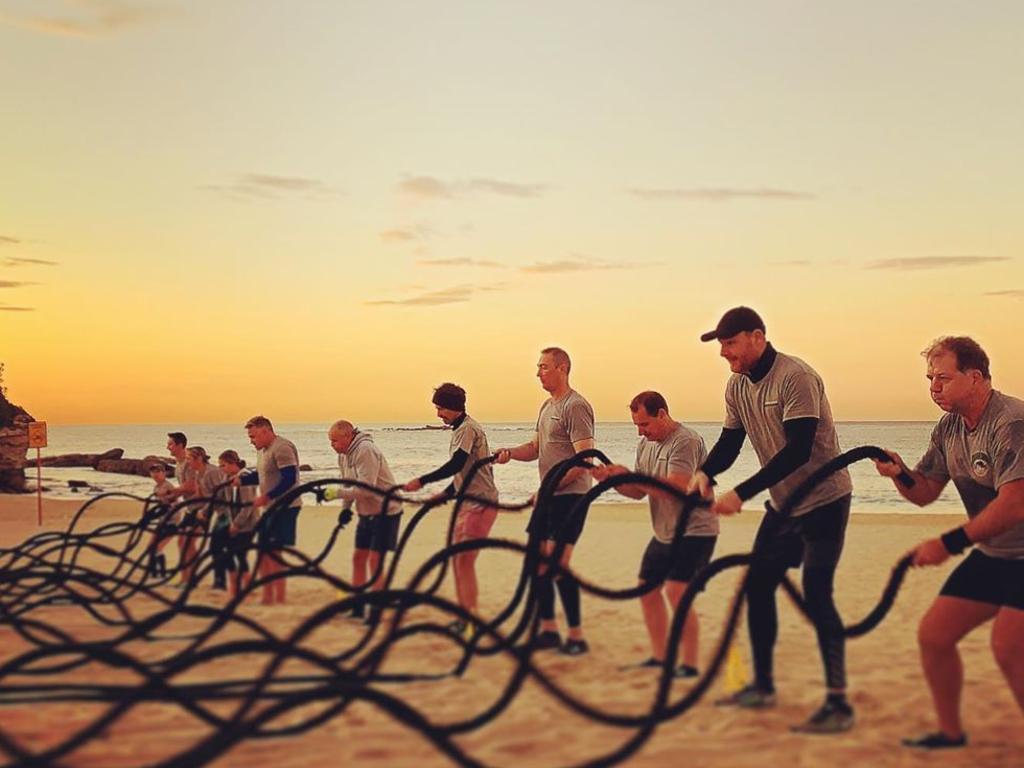


To join the conversation, please log in. Don't have an account? Register
Join the conversation, you are commenting as Logout